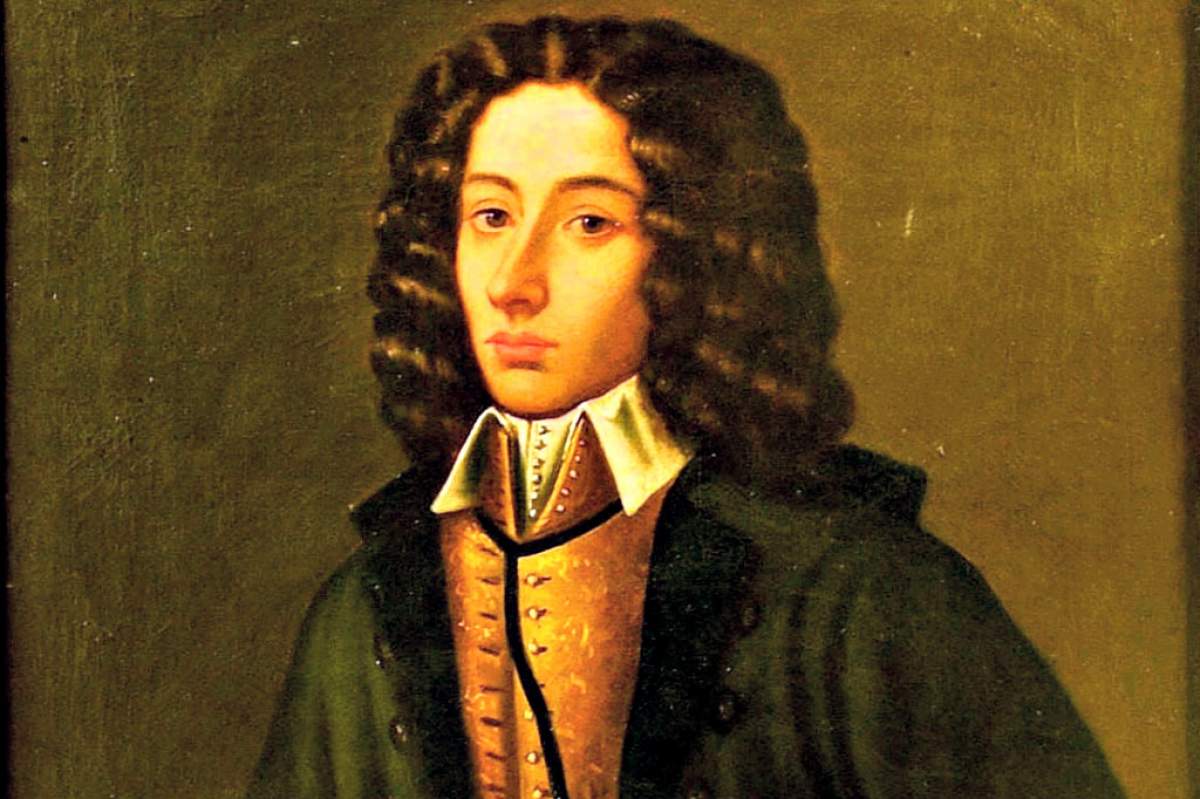
Giovanni Battista Pergolesi is one of those composers who died young, seemingly in the prime of his life. Henry Purcell was 36, Mozart was 35, Schubert was 31, but Pergolesi was only 26 when he succumbed to tuberculosis. Despite his short life, he left an impressive body of work behind.
Pergolesi is well-known as a leading figure in 18th century. Italian comic opera, an example being his celebrated 1733 La Serva Padrona, and as a composer of sacred music of which his Stabat Mater, composed in 1736, and first published posthumously in London in 1749, became among the most frequently printed musical compositions in the 18th century.
A new release on the Arcana label, Pergolesi: Mass in D Major and Mottetto "Dignas Laudes Resonemus," from the Ghislieri Consort and Choir offers a world premiere recording of two of Pergolesi’s more recently re-discovered large-scale sacred works, his Mass in D Major and the Mottetto "Dignas Laudes Resonemus."
Mass in D Major
Considered lost for nearly 300 years, Claudio Bacciagaluppi supervised the modern edition of the score of the D Major mass, patched together from various sources. There are two versions of the Mass—an early and a late one—and while it is difficult to date exactly, the one presented here is the later version and possibly composed in 1733, the same year as Bach’s B minor mass.
The Mass in D Major sets only the Kyrie and Gloria of the ordinary of the mass, as was the common practice in Naples. Also in line with the Neapolitan practice, the mass is composed in the concertante style, meaning that Pergolesi divides the text into sets of movements that alternate between solo, ensemble, and choral forces. Although Pergolesi’s music generally exhibits a newly emerging 18th century galant style, one of the most striking parts of the mass is the extended stile antico ‘Christe’ fugue in the Kyrie.
The solo soprano aria, Laudamus Te, from the Gloria is quite a contrast, composed in that galant style for which Pergolesi is so often recognized.
Dignas Laudes Resonemus
The other work included on this recording, the motetto, Dignas Laudes Resonemus is a liturgical setting of a Latin text that like the Mass in D, has also had to be reconstructed from multiple versions of parts, and a fragment of a score held at the libraries of the Conservatory of Milan and the Abbey of Montecassino.
This motetto utilizes impressively large forces of double choirs, double strings, oboes and trumpet with solos for soprano and alto.
World Premiere Recording
Both the motet, and Pergolesi’s Mass in D major are, of late, being performed with some frequency in live concerts, especially in Europe. But, this release from the Ghislieri Choir and Consort is the first widely available recording of either of the two works.









